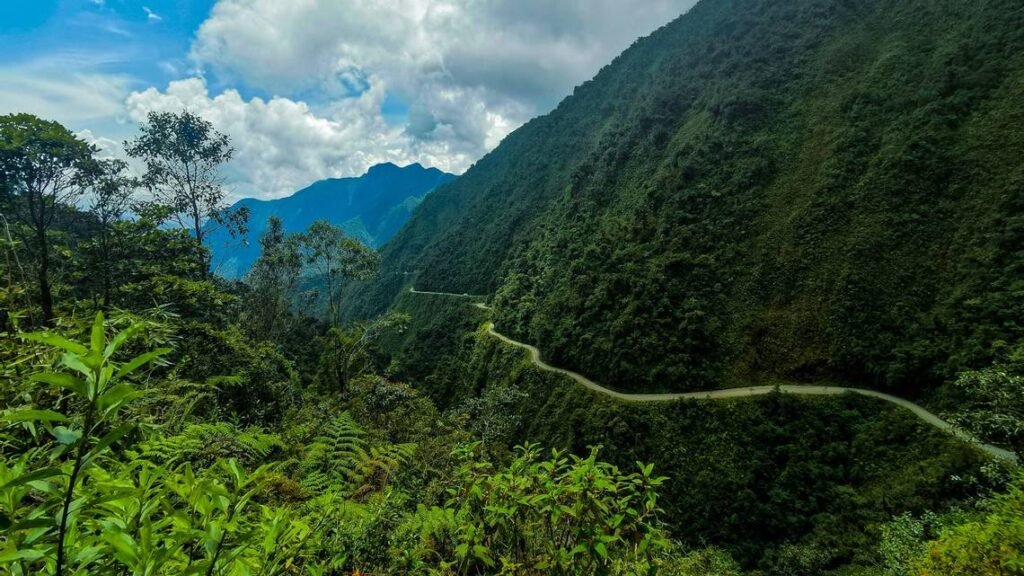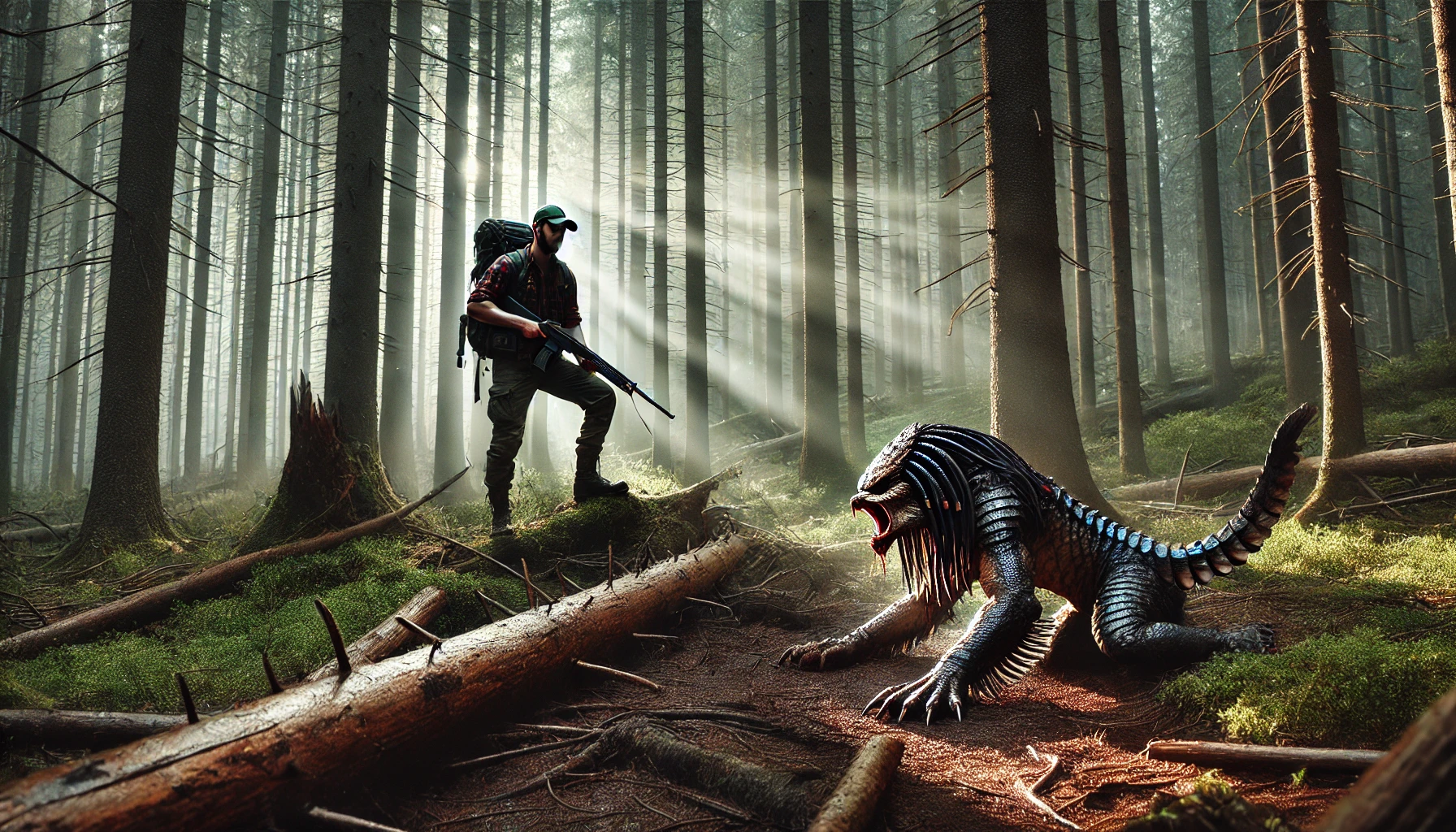Introduction
Nature is beautiful, but it can also be dangerous. The wilderness, with all its splendor, holds many threats that can turn an outdoor adventure into a 4 Foot Predator Killed by Hiker for survival. Recently, the story of a hiker encountering and killing a 4 foot predator has captured public attention. This thrilling and cautionary tale not only showcases the unpredictable nature of wildlife encounters but also highlights the bravery and quick thinking needed to survive in such moments.
In this blog, we’ll dive deep into the harrowing incident where a 4 foot predator was killed by a hiker, how the hiker managed to defend themselves, and what lessons outdoor enthusiasts can take from this. With detailed explanations, we’ll also explore the broader implications of human-wildlife encounters and what steps hikers can take to stay safe in the wild. Through simple, clear wording, this blog aims to fully explain the significance of the event and provide essential tips for safe hiking.
The Story Behind the 4 Foot Predator Encounter
The incident occurred in a remote wilderness area, far from the comforts of civilization. The hiker, an experienced outdoor enthusiast, had set off on what seemed to be a routine trail hike. Armed with nothing but basic gear and a passion for nature, they were prepared for a day of exploration. However, as is often the case in the wild, things took an unexpected turn.
About halfway through the hike, the hiker noticed movement in the bushes nearby. Out of nowhere, a 4 foot predator lunged towards them, surprising the hiker. While the exact species of the predator remains uncertain, its aggressive behavior left no room for doubt: this was an animal that posed a serious threat.
The Hiker’s Response
Faced with imminent danger, the hiker knew that immediate action was necessary. Without time to fully process the situation, they instinctively reached for the nearest object – a sturdy walking stick – and used it to defend themselves against the charging predator. What followed was a tense struggle between human and beast, with the hiker managing to fend off the attack and ultimately killing the 4 foot predator to ensure their survival.
The entire ordeal, though terrifying, showcased the hiker’s bravery, quick reflexes, and understanding of survival techniques. This 4 foot predator killed by the hiker stands as a powerful reminder of how quickly things can change in the wild and how crucial it is to be prepared for the unexpected.
The Nature of the 4 Foot Predator

When we think of wilderness predators, our minds often jump to large animals like bears, wolves, or mountain lions. However, many smaller predators can also pose significant threats. In this case, the 4 foot predator was large enough to be dangerous, but not so large as to be one of the well-known apex predators.
Potential Predators of This Size
Several animals in the wild fall into the 4-foot category and could be considered predators. These might include:
- Coyotes:
Known for their adaptability, coyotes are opportunistic predators that can be aggressive in certain situations.
- Bobcats:
A wildcat species that typically avoids humans but can become dangerous if threatened.
- Wild Boars:
While primarily herbivorous, wild boars can be incredibly aggressive and territorial, posing serious threats to humans.
- Wolverines:
Though relatively small, wolverines are ferocious animals known for their strength and aggression when cornered.
While it’s unclear what specific animal was involved in this incident, the size and aggressive nature of the 4 foot predator killed by the hiker indicate that it was a formidable opponent.
Why Predators Attack
It’s essential to understand that wildlife attacks are relatively rare. Most predators in the wild prefer to avoid humans. However, certain circumstances can lead to an attack:
- Territorial Defense:
Some animals, especially during breeding seasons, become highly territorial and will attack to defend their space.
- Food Scarcity:
In times of food scarcity, predators may take more risks and approach humans in search of a meal.
- Injured or Sick Animals:
Animals that are injured, sick, or old may be more likely to attack if they feel threatened or if they are unable to hunt their usual prey.
In the case of the 4 foot predator killed by the hiker, it’s possible that one or more of these factors contributed to the attack. Regardless of the cause, the hiker’s quick response was crucial in surviving the encounter.
How the Hiker Managed to Survive
Surviving an encounter with a wild predator requires more than just strength. It demands knowledge, awareness, and the ability to stay calm under pressure. Let’s take a look at the key factors that contributed to the hiker’s survival and what we can learn from their experience.
1. Situational Awareness
One of the most important aspects of survival in the wild is being aware of your surroundings. In this case, the hiker’s ability to notice the predator’s movement early on allowed them to react quickly. If the predator had caught them completely off guard, the outcome could have been much worse.
2. Quick Thinking
When faced with a life-threatening situation, quick thinking can make all the difference. The hiker’s instinct to grab their walking stick and use it as a weapon helped them defend against the predator’s attack. This shows that even basic gear, like a stick, can be used effectively in a survival situation.
3. Staying Calm Under Pressure
Remaining calm in the face of danger is easier said than done, but it’s a critical factor in surviving a predator attack. Panic can lead to poor decisions, while staying calm allows for better focus and quicker reactions. The hiker’s ability to stay composed and focus on defending themselves was crucial in this situation.
4. Physical Fitness and Strength
Surviving a physical altercation with a wild animal requires a certain level of physical fitness. The hiker’s strength and endurance allowed them to fight off the predator long enough to gain the upper hand. This underscores the importance of being physically prepared when venturing into the wilderness.
5. Basic Survival Knowledge
Lastly, the hiker’s understanding of basic survival techniques likely played a significant role in their success. Knowing how to use available tools as weapons, understanding animal behavior, and being familiar with self-defense techniques are all essential skills for anyone spending time in the wild.
Lessons for Hikers: Staying Safe in the Wilderness

While the story of the 4 foot predator killed by hiker is dramatic, it’s also a reminder of the importance of preparation and safety when hiking in the wilderness. Here are some practical lessons that every hiker should take from this incident.
1. Always Be Prepared
Whether you’re hiking on a well-trodden trail or exploring remote areas, it’s crucial to be prepared for anything. Carry basic survival gear, including a first aid kit, a map, a compass, and something that can be used as a weapon in case of an emergency (such as a hiking pole or a sturdy stick).
2. Know the Wildlife in the Area
Before heading out on a hike, take the time to learn about the wildlife in the area. Understanding the types of predators you might encounter and their behaviors can help you avoid dangerous situations. For example, if you know that certain animals are more active during specific times of the day, you can plan your hike accordingly.
3. Stay Aware of Your Surroundings
As we saw with the 4 foot predator killed by hiker, being aware of your surroundings is crucial. Always pay attention to unusual sounds, movements in the bushes, or signs of animals nearby. This can give you the precious seconds you need to react if a predator approaches.
4. Make Noise to Avoid Surprise Encounters
Many wildlife experts recommend making noise while hiking, especially in areas known for predator activity. This can include talking loudly, clapping, or even wearing a bell on your backpack. By making noise, you give animals a chance to avoid you, reducing the likelihood of a surprise encounter.
5. Stay Calm and Think Clearly
If you do find yourself in a dangerous situation, staying calm is vital. Panic can lead to poor decision-making, while staying composed allows you to assess the situation and take the necessary steps to protect yourself.
Conclusion
The story of the 4 foot predator killed by hiker is both a thrilling tale of survival and a powerful reminder of the dangers that can be found in the wilderness. While encounters with wildlife are relatively rare, it’s important to be prepared, stay aware of your surroundings, and know how to respond if a dangerous situation arises.
For those who love to hike and explore the great outdoors, this story serves as a reminder that nature is unpredictable. By taking the necessary precautions, staying informed about local wildlife, and being prepared for the unexpected, hikers can enjoy their adventures while minimizing the risks.
As the incident involving the 4 foot predator killed by hiker shows, survival in the wild often comes down to quick thinking, preparedness, and staying calm under pressure. These lessons are not just for extreme adventurers – they are essential for anyone who enjoys spending time in nature.
Final Thoughts
If you plan to hike or explore wilderness areas, always prioritize your safety. Whether it’s carrying the right gear, knowing the animals you might encounter, or simply staying aware of your surroundings, being prepared can mean the difference between a great adventure and a dangerous situation. Stay safe, stay smart, and enjoy the beauty of nature responsibly.
